
Dear readers,
For some years now, there have been an increasing number of reports of unpleasant and dangerous encounters between orcas and yachts along the Iberian Peninsula. We have also had several, sometimes very dramatic experience reports published on the subject, it has recently become rather quiet in the media. However, this is not because the animals have calmed down and sailors have been able to sail in and out of the Mediterranean unmolested. It is true that the number of attacks and interactions has decreased slightly. However, this is primarily due to the fact that sailors have joined forces, collected data and provided behavioural tips - in groups on social media, on websites and in apps. However, if a yacht is damaged, it is hardly noticed outside the sailing community. It has simply become a sad normality.
Until now, one of the most important rules of behaviour to avoid an orca encounter has been to stay close to shore in shallow water, beyond the 20-metre depth contour. A look at ship movement charts shows that most sailors follow this advice, even if it means leaving several miles more in the wake, avoiding fishing nets and always keeping an eye on the wind and waves to ensure that they don't end up in a leeward situation. Where sailing close to the coast is not possible, for example when crossing the Bay of Biscay, there is also a more or less pronounced fear. A holiday or a long break is a different experience.
And now this: At the end of June, a Norwegian skipper reported that orcas had attacked his yacht in shallow water. In water only 16 metres deep, they attacked and severely damaged his rudder blade for around 30 minutes until fishing boats finally rushed to his aid. They made fast circles around his boat and drove the killer whales away. The crew escaped unharmed, but sailors in the region took notice. The attack at such a shallow depth means that any remaining safety, which was already based on feet of clay, is crumbling away. Discussions in the forums are hotting up, and the question of whether and how to defend oneself in the event of an attack is quickly being debated once again if it becomes more likely. A question that should not be discussed here.
I wrote about the incident and in the course of this researched how sailors can obtain reliable information about the orca families and their travel routes, about hotspots and possible behaviour in an emergency. There are a few. The British Cruising Association, for example, has set up its own project group that collects and processes data in all forms, from tables and maps with interactions and sightings to field reports. It cooperates with the Grupo Trabajo Orca Atlántica, a Spanish working group dedicated to the protection of marine mammals, which provides similar information. Finally, a third player comes into play with orcas.pt, a privately operated website whose operator Rui Alvez also puts a huge amount of effort into collecting and processing data, communicating daily with members in a messenger group and answering individual questions.
The three players are the most important source of information for sailors, who now have to plan their routes according to possible orca encounters as well as wind, weather and tides. But one problem remains: all three can only be as reliable as the information that is reported to them by sailors and other seafarers or that they find themselves - often by chance - in social media, forums or the local press. The data can therefore be neither congruent nor complete. Sailors get an idea of when and where they may be at risk, but no certainty. And when they come across a family of orcas, they don't know whether they are among the aggressive or the peaceful ones. Much more would be needed for this.
Perhaps the dangerous orcas could be fitted with transmitters so that their movements could be tracked live and encounters avoided - to protect humans and killer whales. Perhaps one day the reason for their behaviour could be found, development forecasts could be made based on this and further measures could be taken. But this requires money, capacity and expertise. And first and foremost, prioritisation by those who make the decisions. As is so often the case, not enough bad things have happened for them to prioritise the issue.
Sailors must therefore continue to work with what they can get. There is still a risk of people or animals coming to harm. The operators of the orca forums, apps and websites do a lot to prevent this. They invest an enormous amount of time and volunteer labour, some to help the sailors, others to protect the marine mammals. But no matter what their motivation is, what they do deserves to be recognised.
Ursula Meer
YACHT editor
Recommended reading from the editorial team

New podcast episode
Behind the scenes at boot Düsseldorf - with Petros Michelidakis

In the 55th episode of the YACHT podcast, Petros Michelidakis, Director of boot Düsseldorf, is our guest. He talks about his work and the upcoming trade fair.
Fee club on Lake Constance
Bregenz collects 45,000 euros for berth waiting list
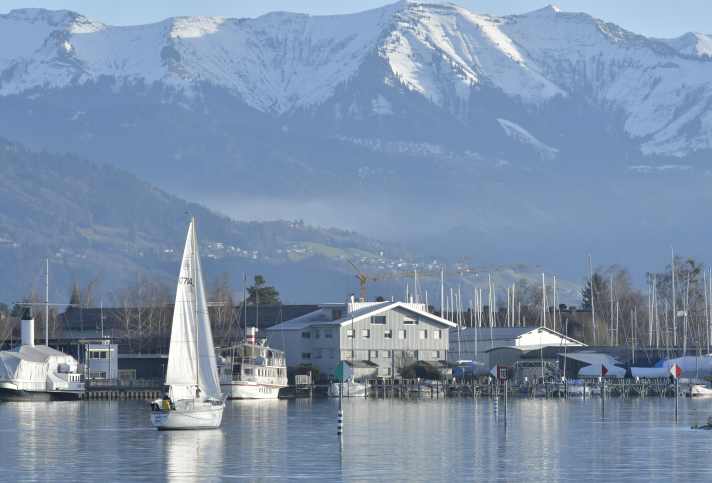
In future, anyone waiting for a mooring in Bregenz will have to pay an annual "record-keeping fee" of 30 euros. The city justifies the new regulation with the administrative burden. Those who do not pay will be removed from the waiting list.
DS27
Argentinian mix - daysailer and pocket racer
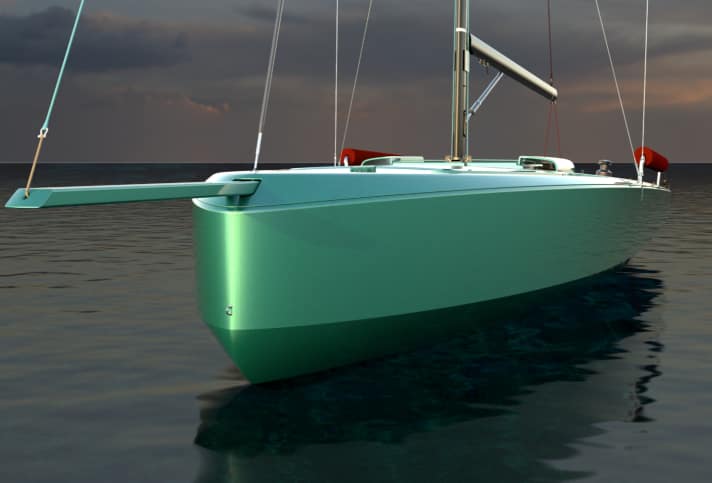
A new daysailer project from Argentina is targeting the European market with a canting keel and fast lines from Soto Acebal. If everything goes according to plan, the 8.30 metre long DS27 will be on display at boot Düsseldorf 2027.
Rolex Sydney Hobart Race
Christmas classic ahead, premiere for "Alithia"
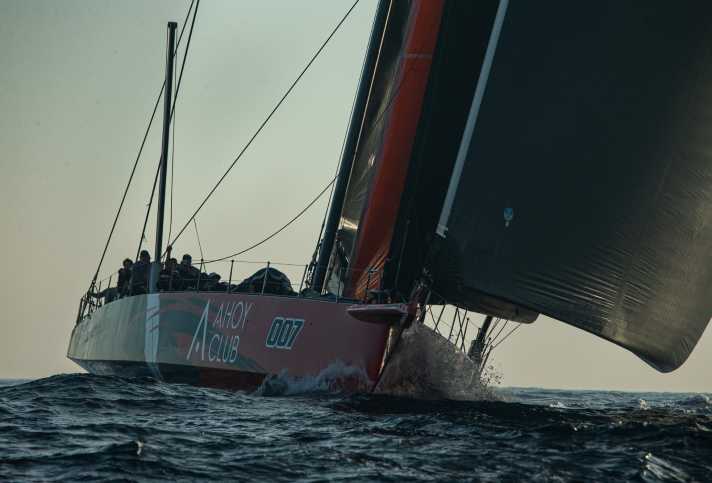
The Rolex Sydney Hobart Race starts on Boxing Day. The favourite is "Master Lock Comanche". Jost Stollmann's "Alithia" is a blue-water beauty.
"Maltese Falcon"
New charter concept for DynaRig pioneer
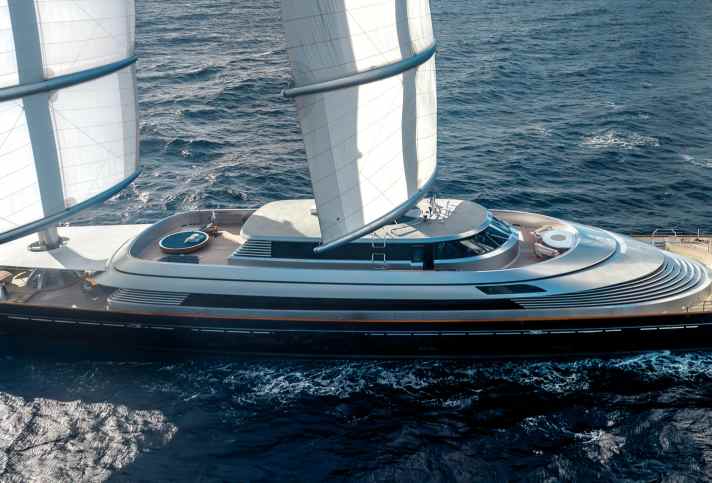
The 88 metre long DynaRig schooner "Maltese Falcon" sails under the flag of Jumeirah Privé. The new charter centre provides insights below deck and into the modern square sail system.
Esse 890
The Swiss answer to the crossover trend
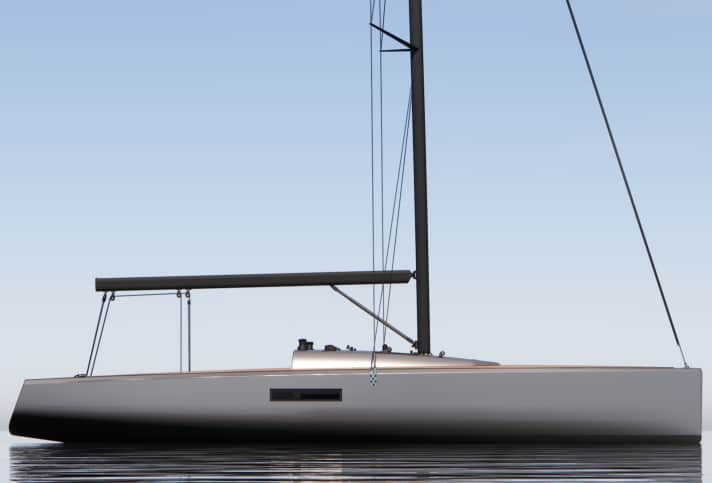
Esseboats in Switzerland is building a new model. The Esse 890 takes on the sporty brand genes, but is very versatile for multiple uses.
Jules Verne Trophy
"Sodebo" launched - "The almost perfect plan"
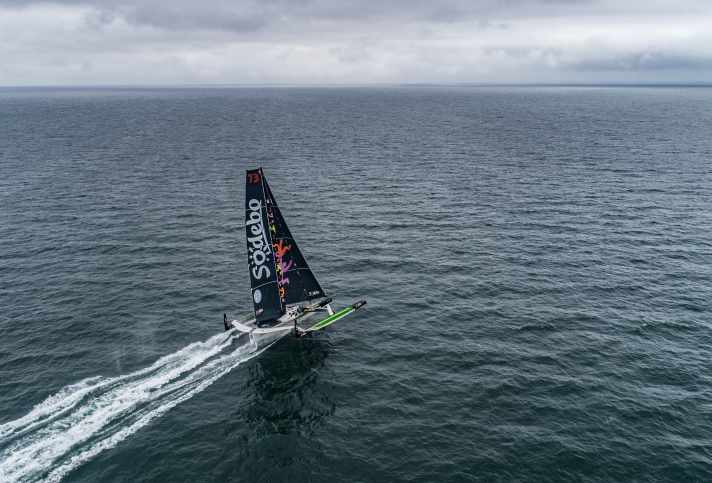
And the Jules Verne Trophy beckons forever: Thomas Coville's crew on "Sodebo Ultim 3" has started. The first weather window is at least promising.
App Store and Play Store
YACHT launches its own app
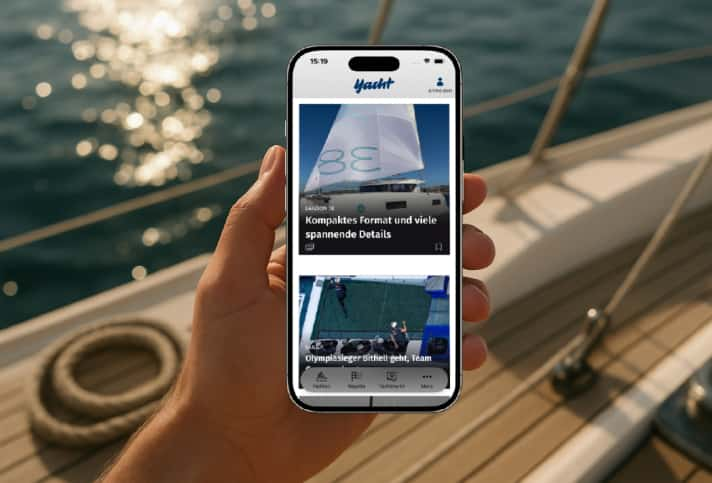
The new YACHT app brings the fascination of sailing directly to your smartphone or tablet. The app combines all the content of the YACHT website. Download it now!
Shadow fleet
Russia sends destroyer "Severomorsk" to the Baltic Sea

The Russian Navy's Baltic Fleet has received a second destroyer. The "Severomorsk" was recently withdrawn from the Northern Fleet and relocated to Pillau. Experts suspect a connection with the so-called shadow fleet.
Gift idea
Voucher for YACHT Premium as a last-minute present

A gift voucher for YACHT Premium is an excellent last-minute gift for all sailing and water sports enthusiasts for Christmas!
Newsletter: YACHT-Woche
Der Yacht Newsletter fasst die wichtigsten Themen der Woche zusammen, alle Top-Themen kompakt und direkt in deiner Mail-Box. Einfach anmelden:

